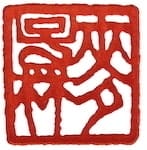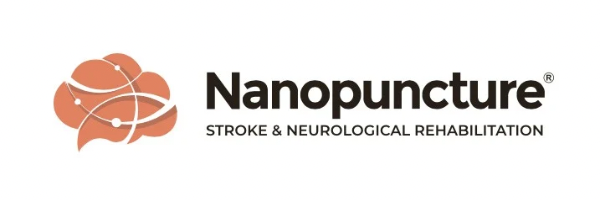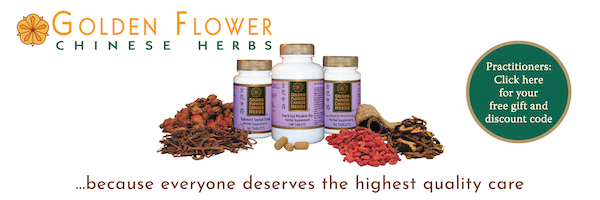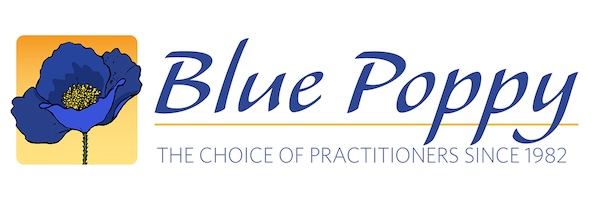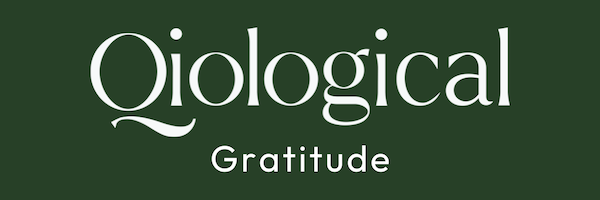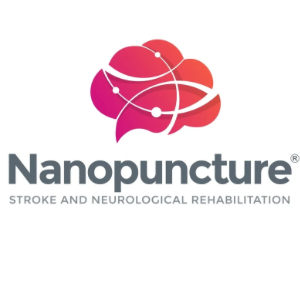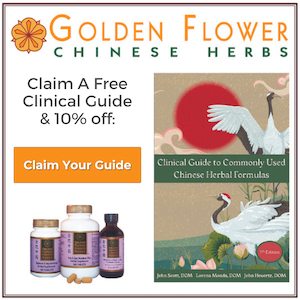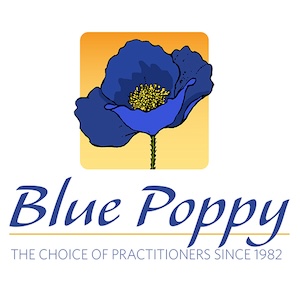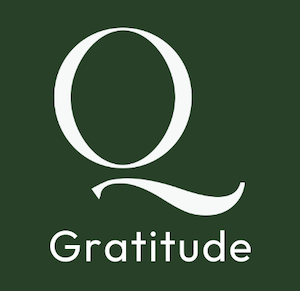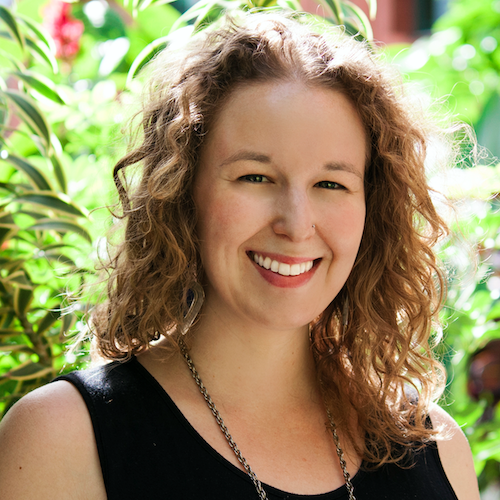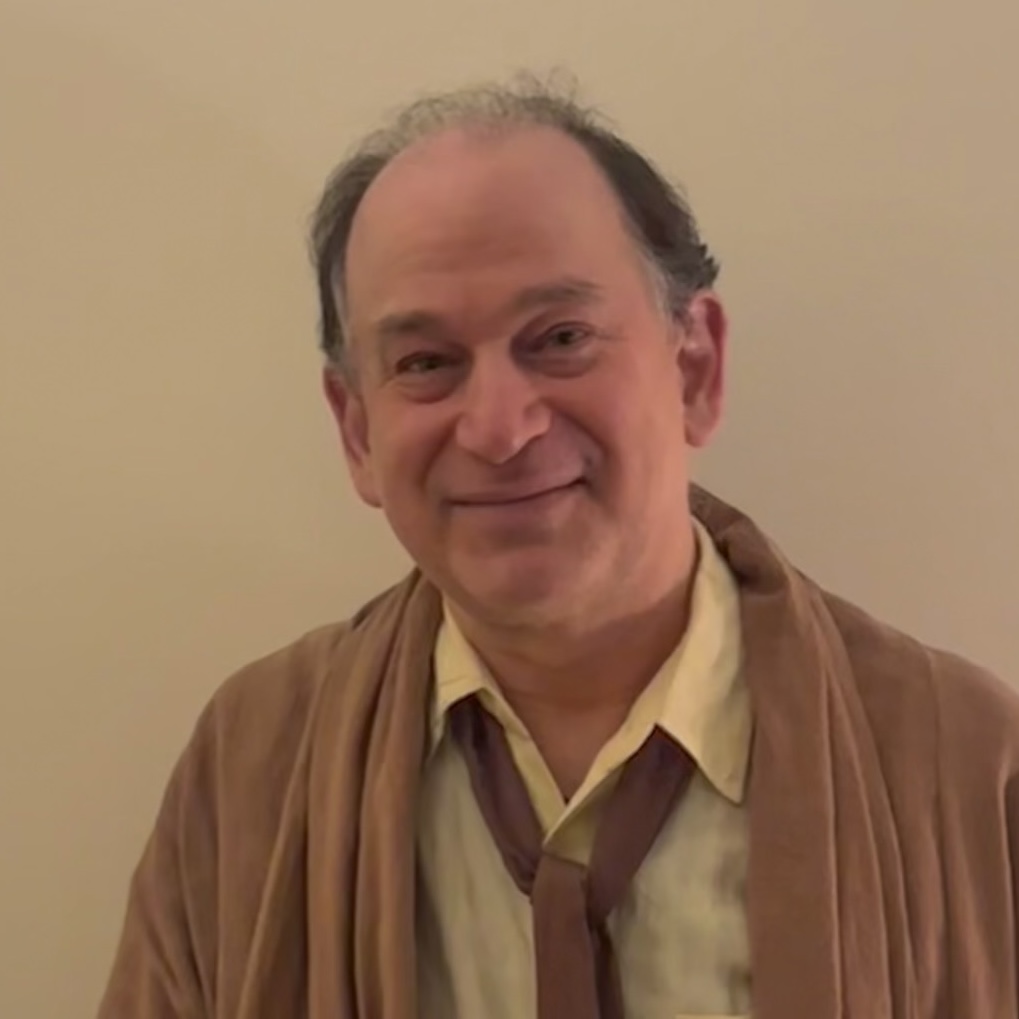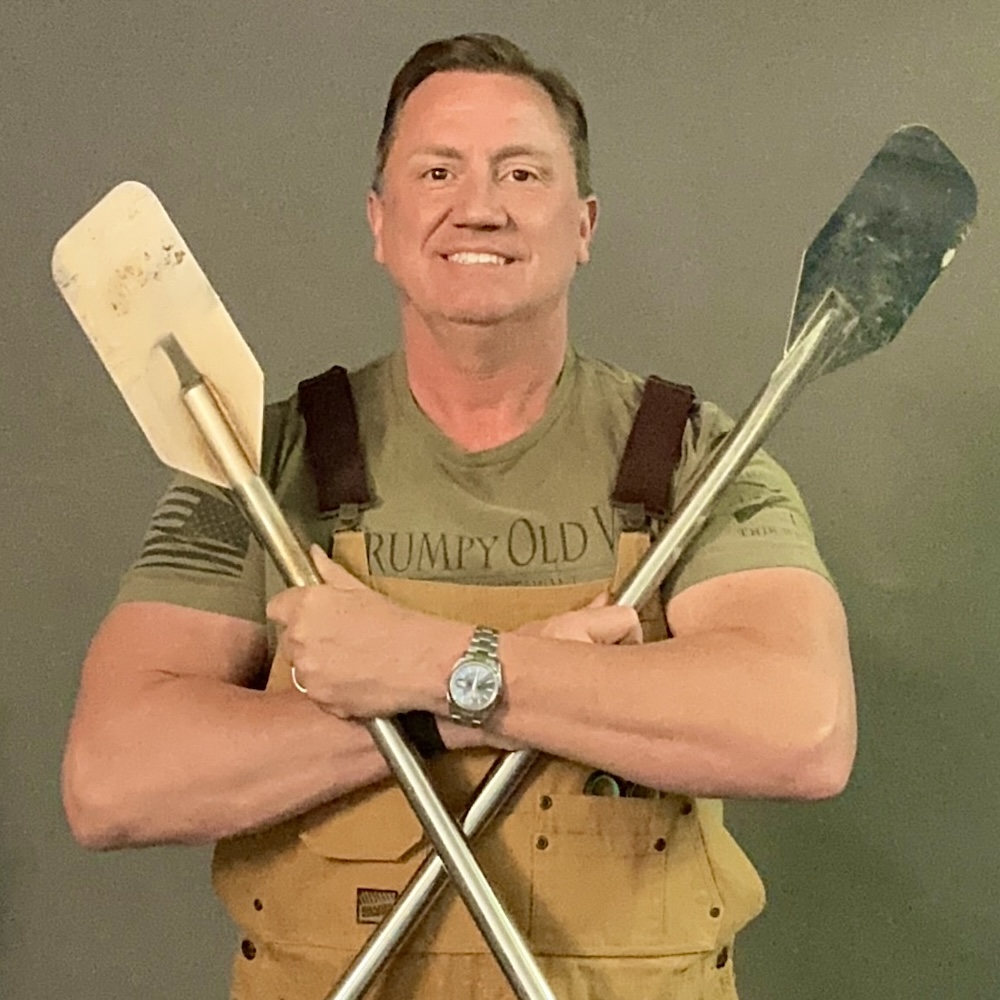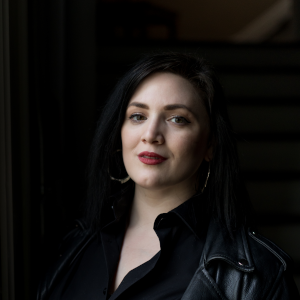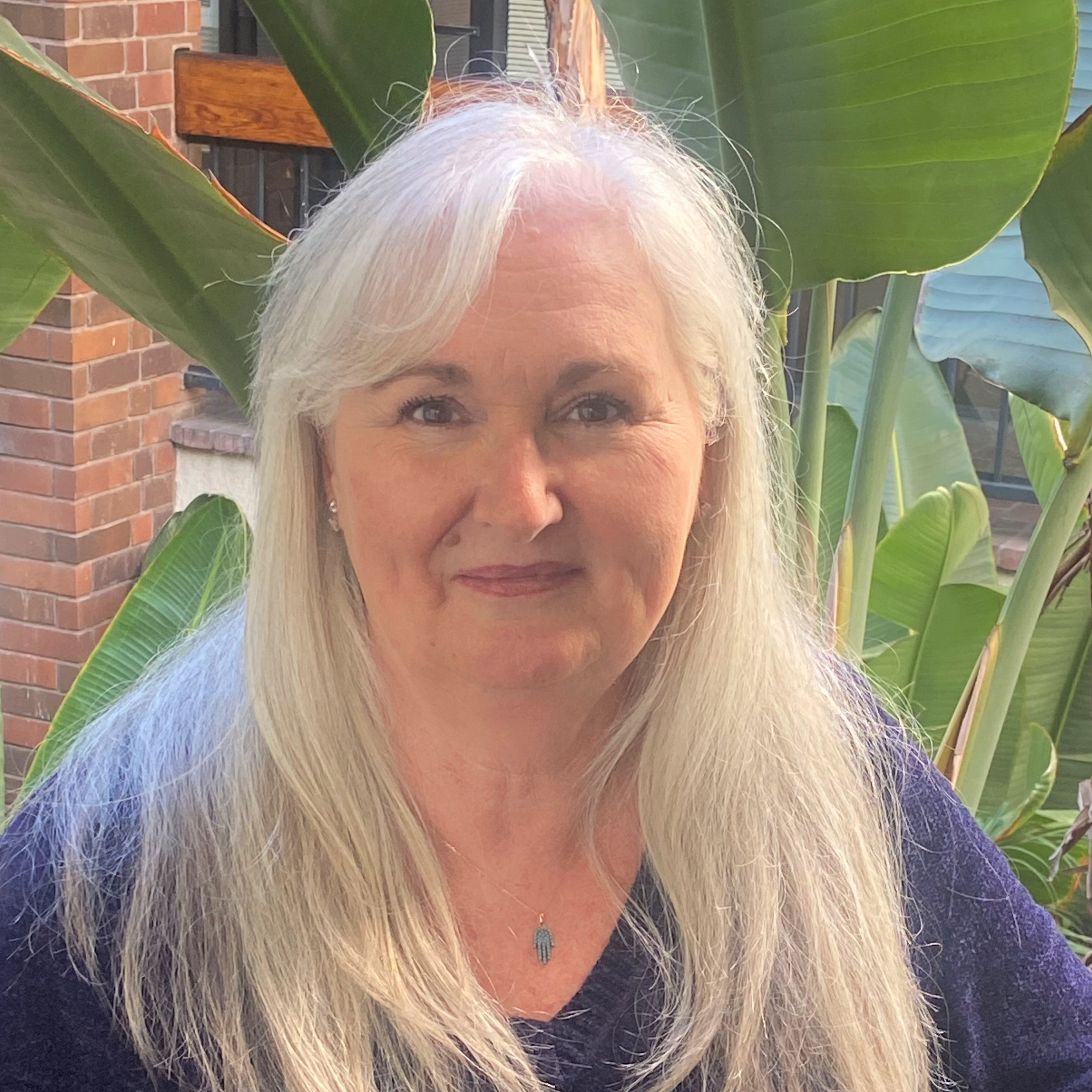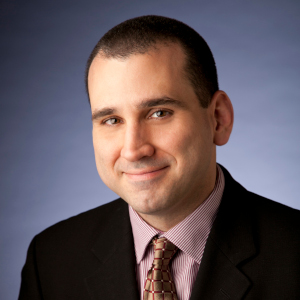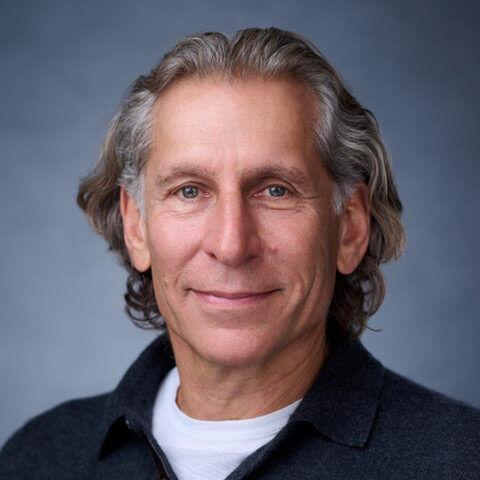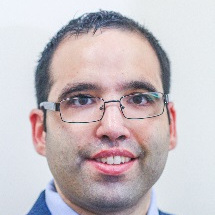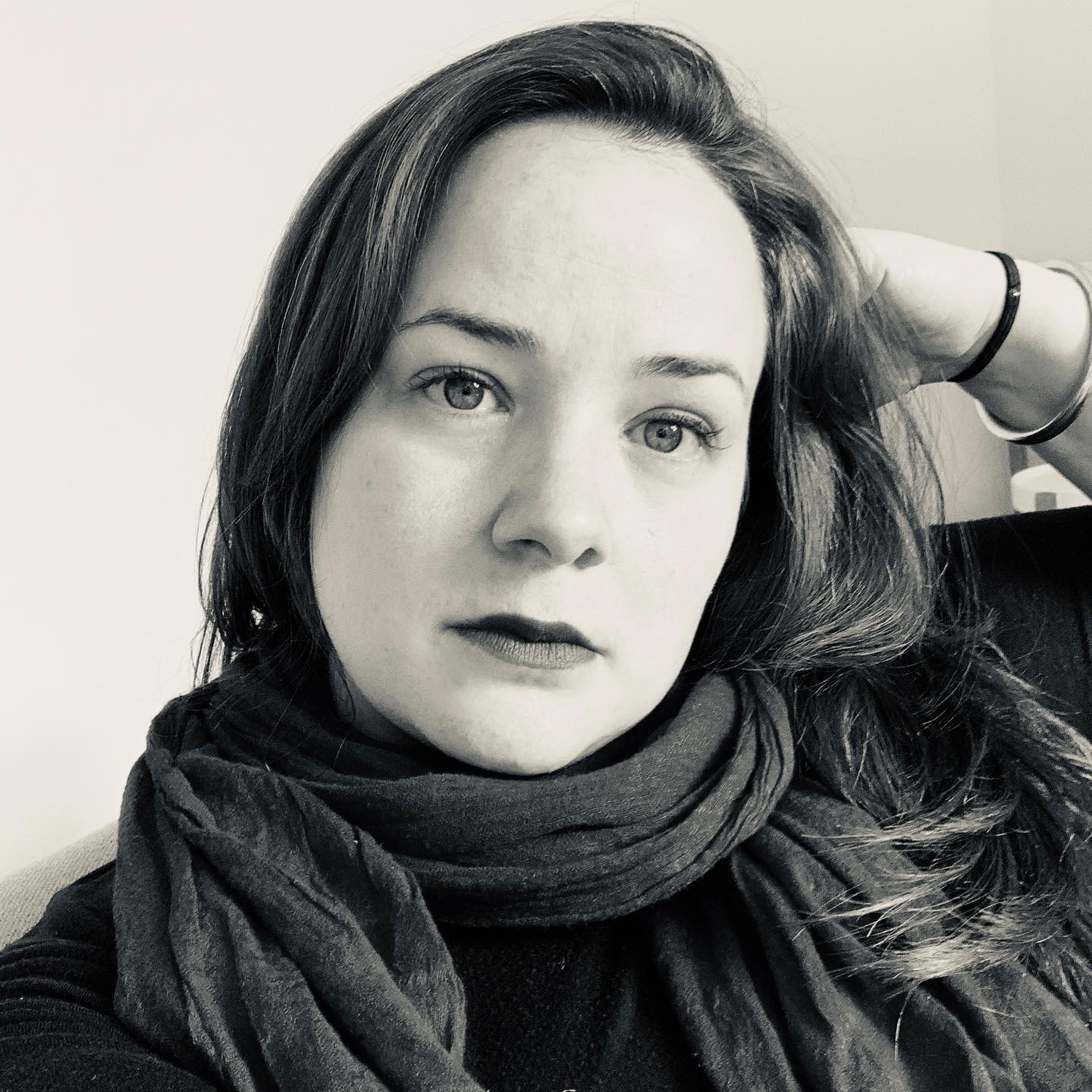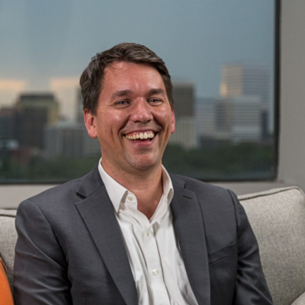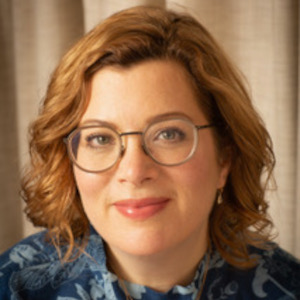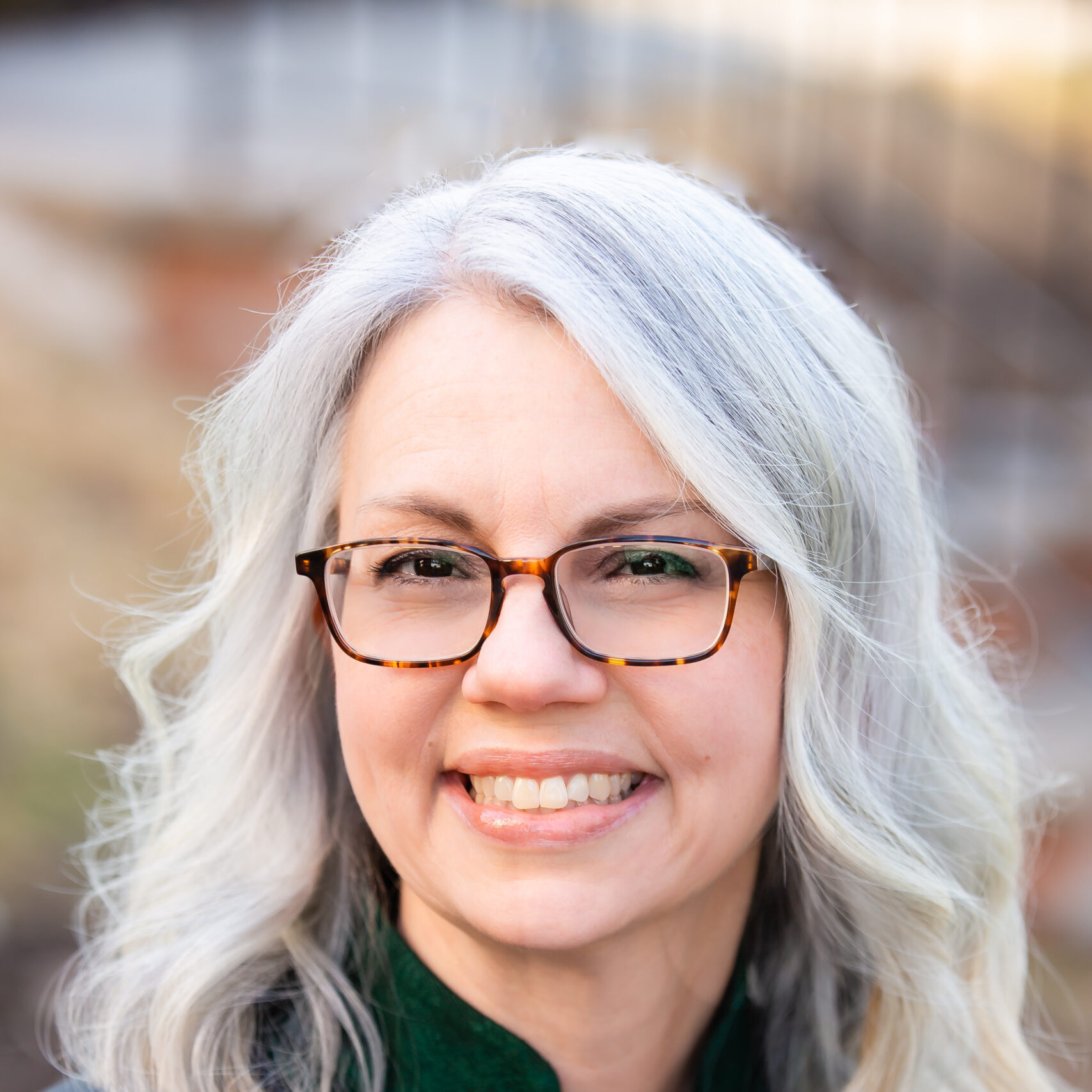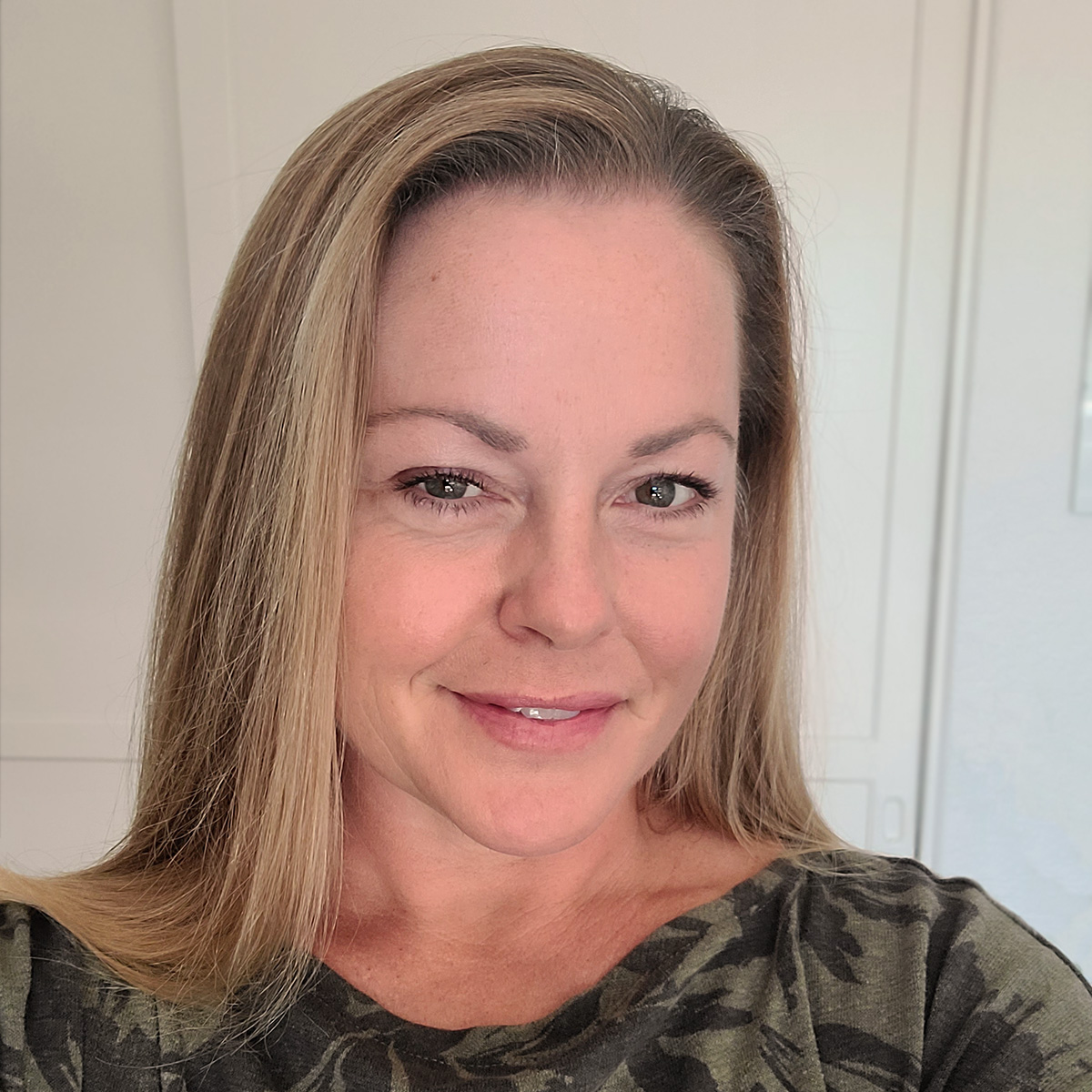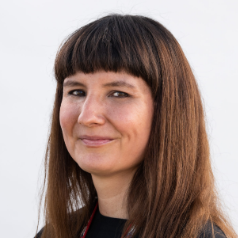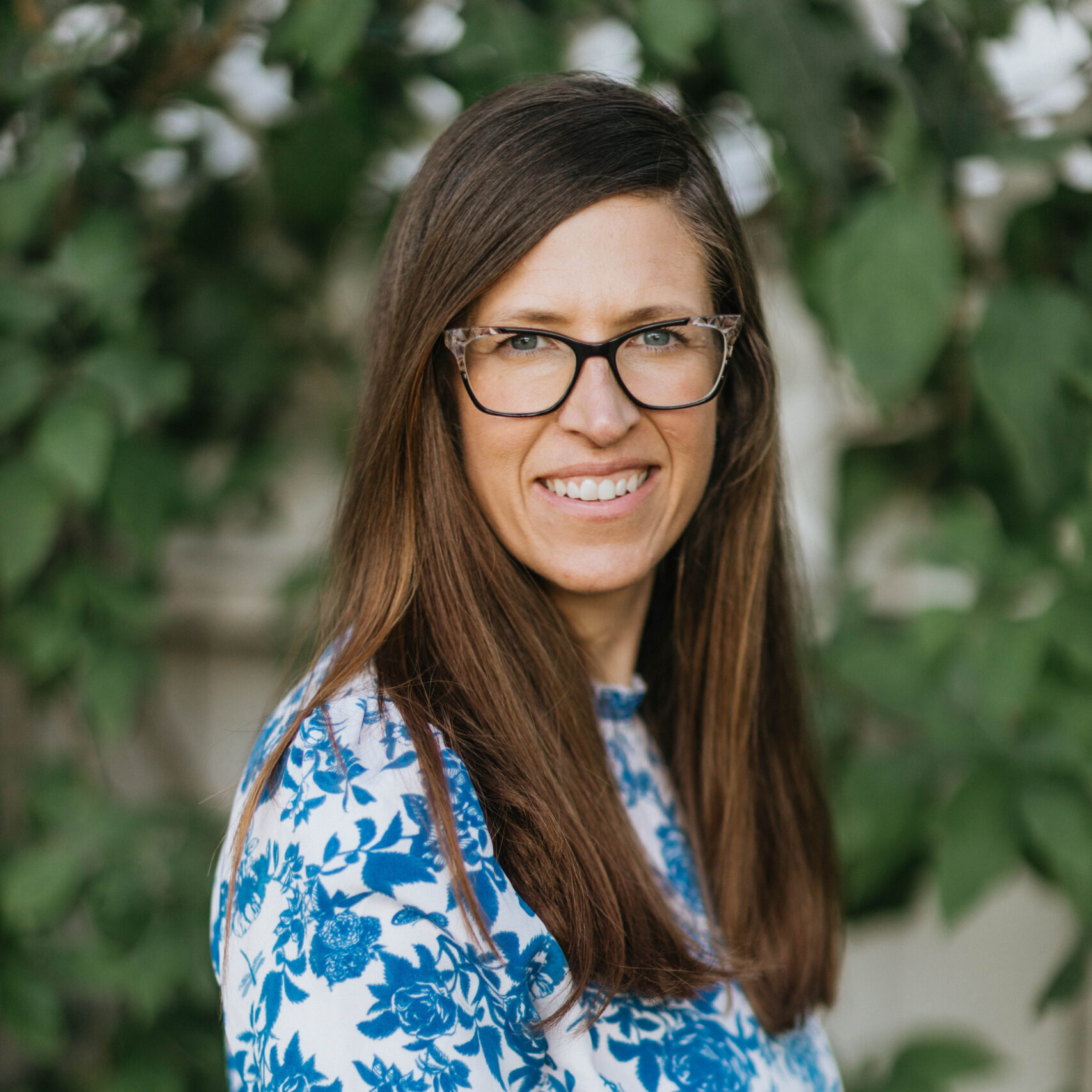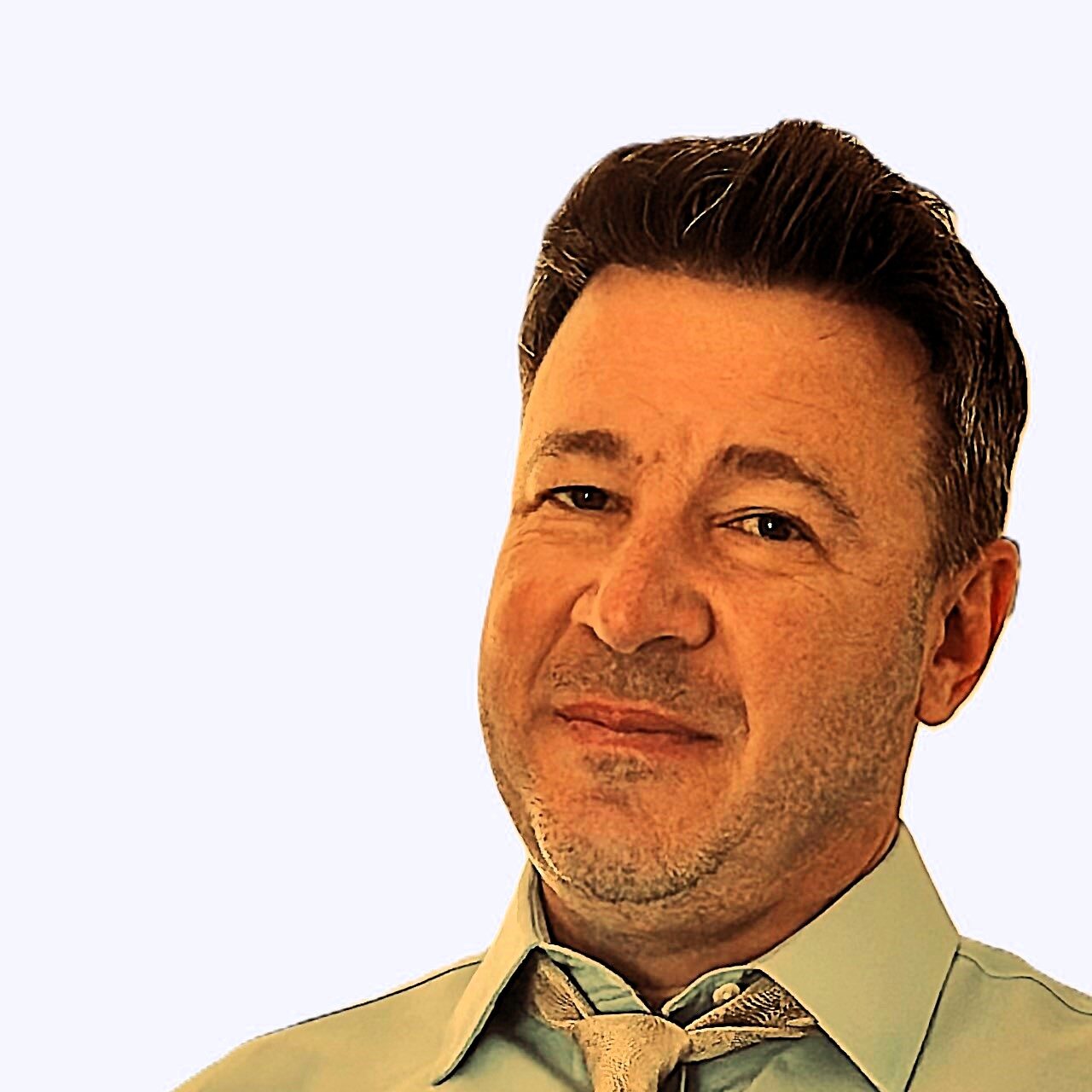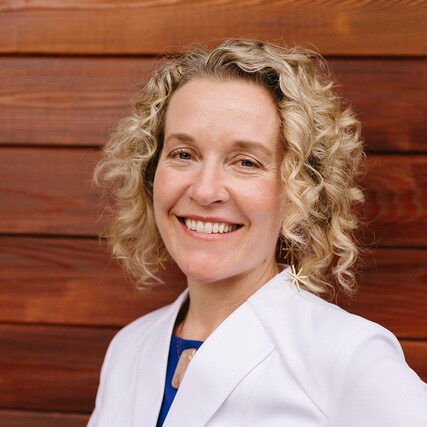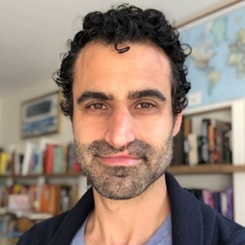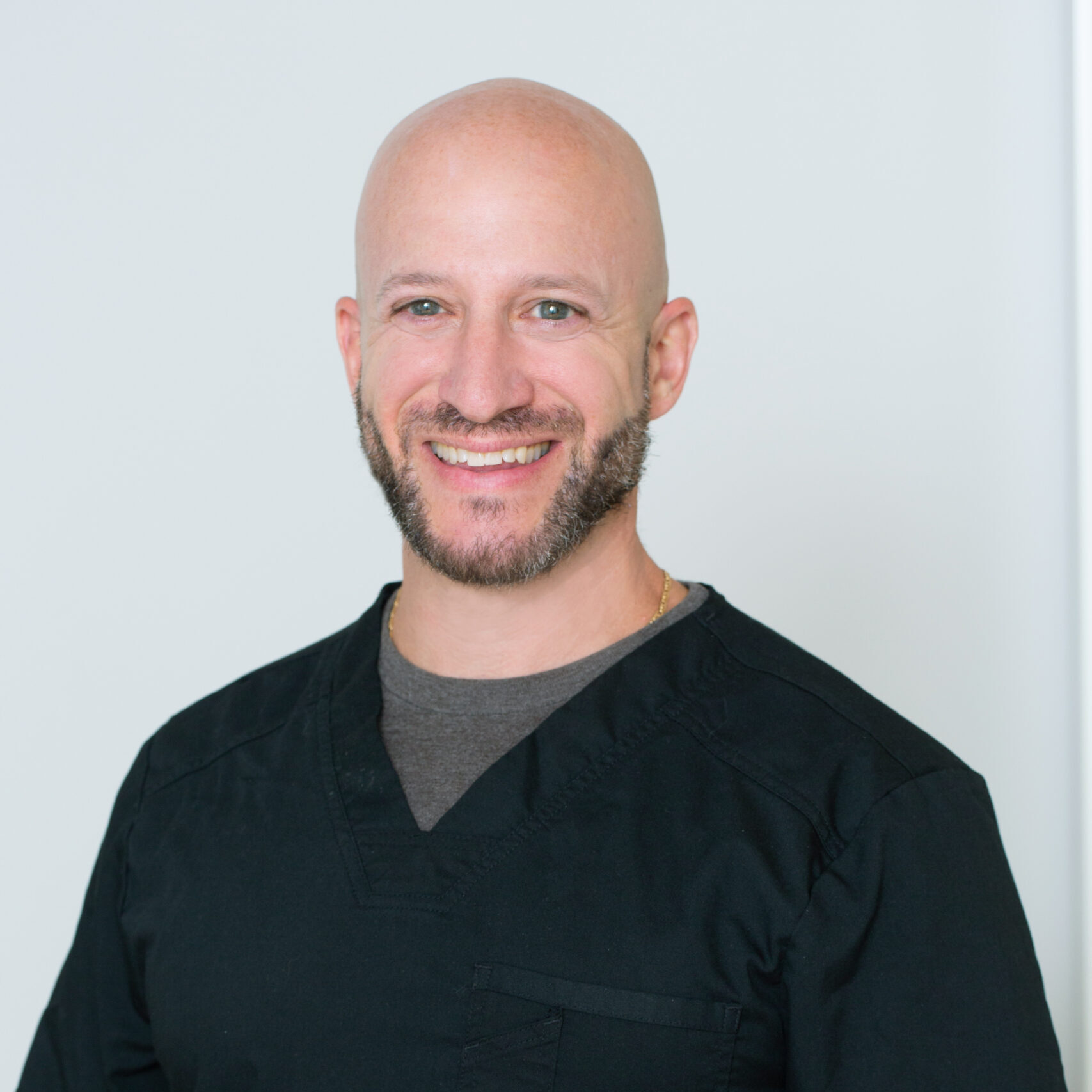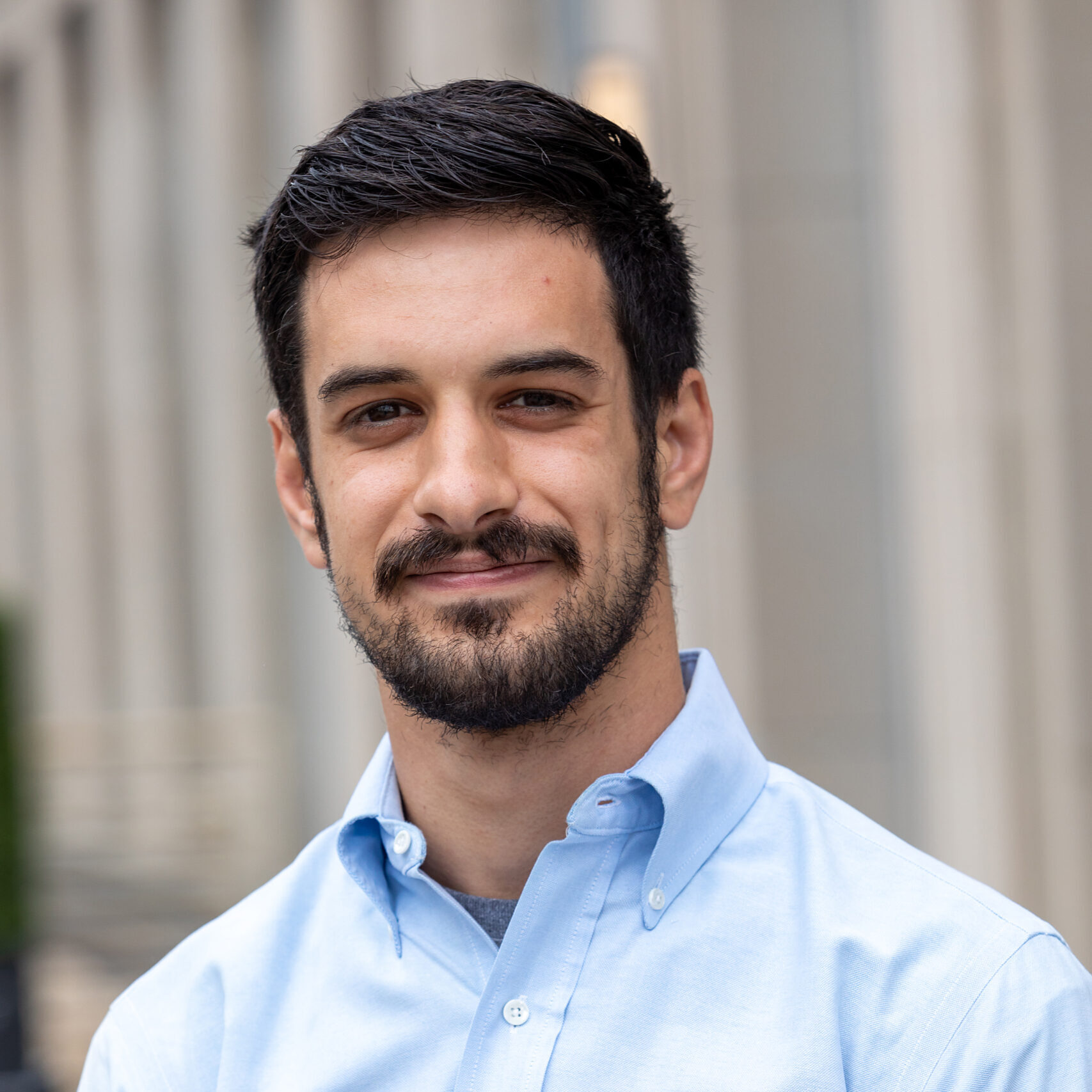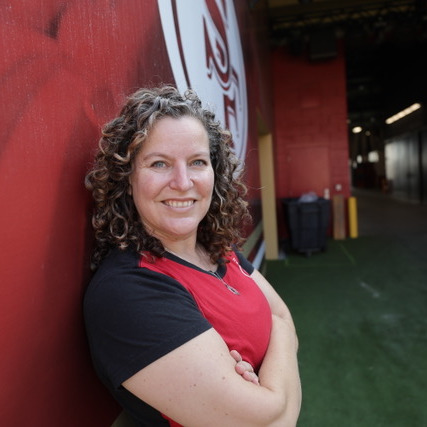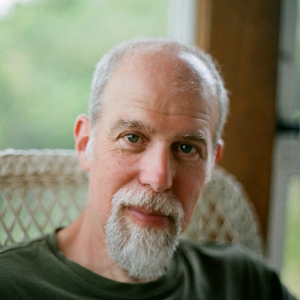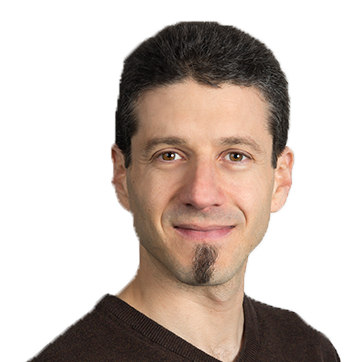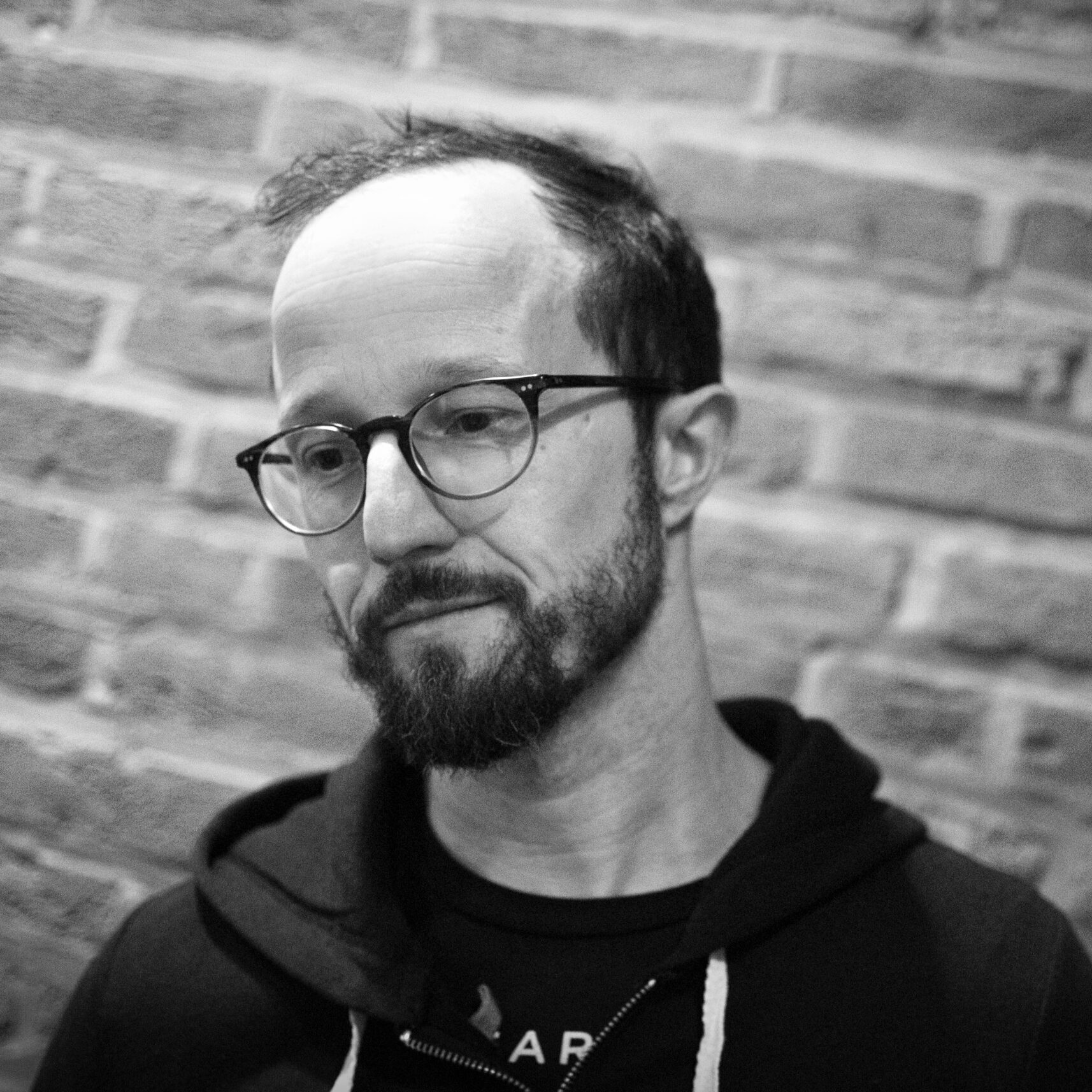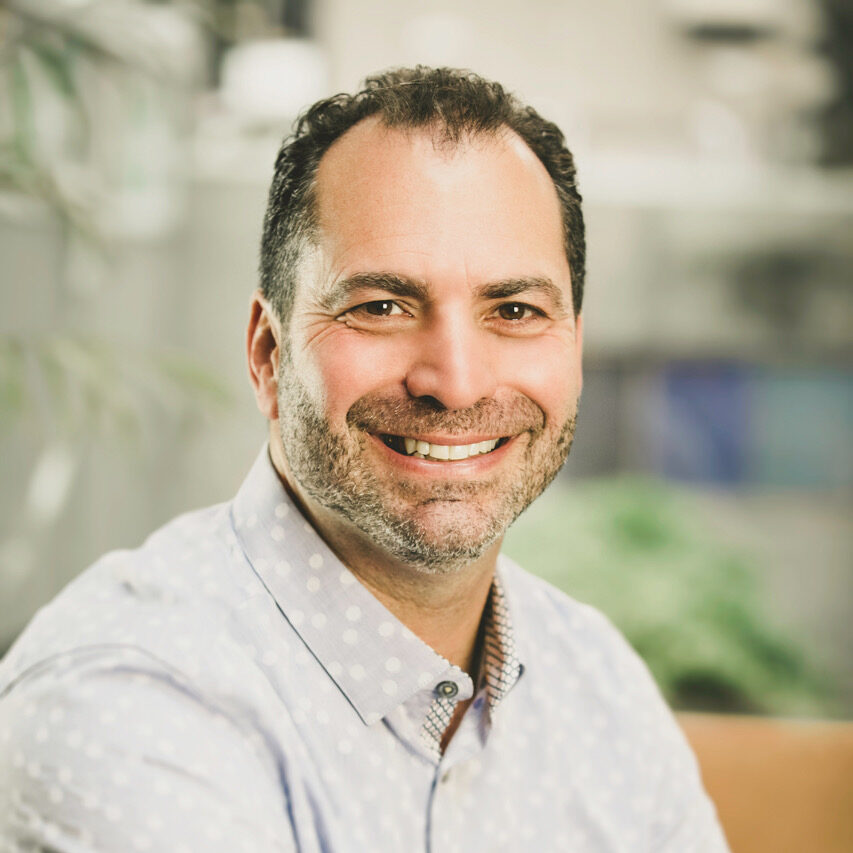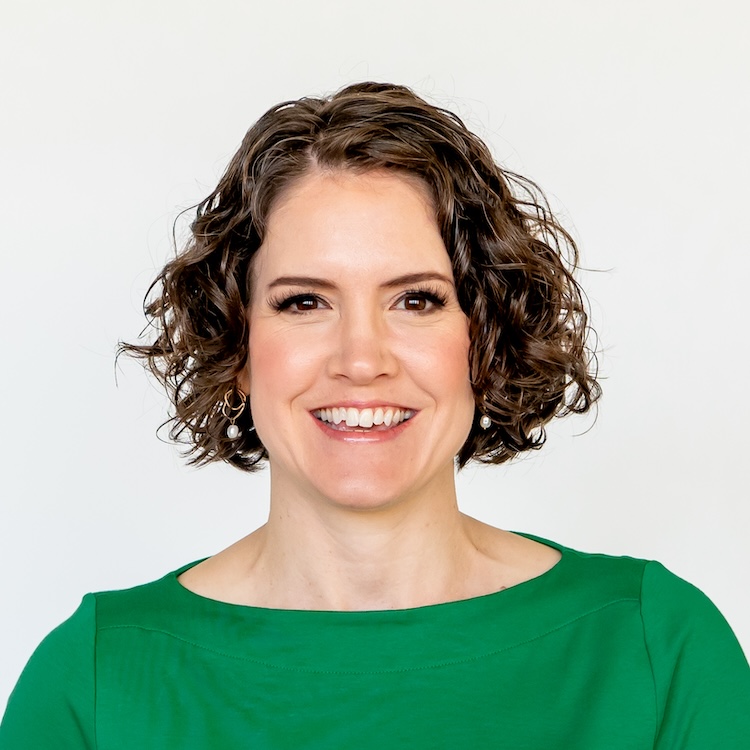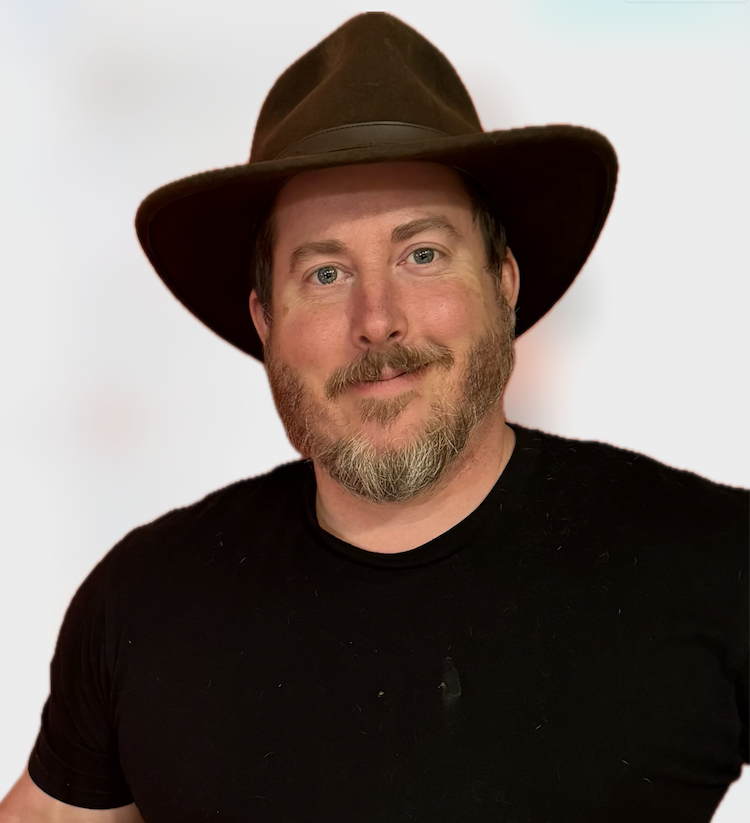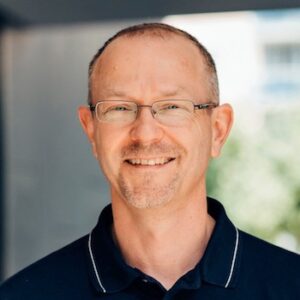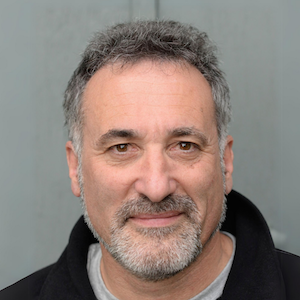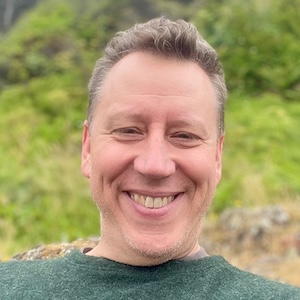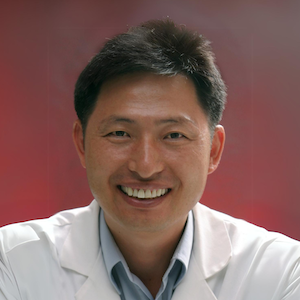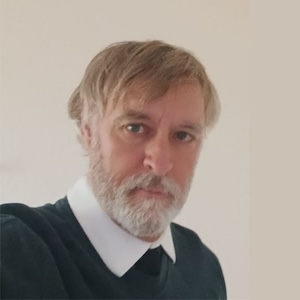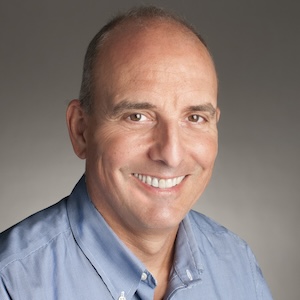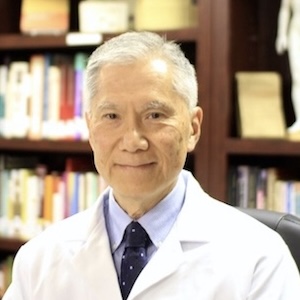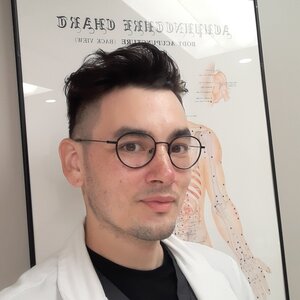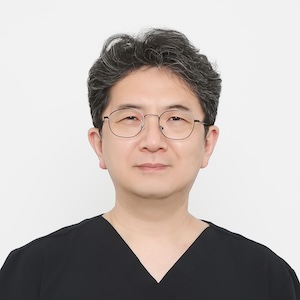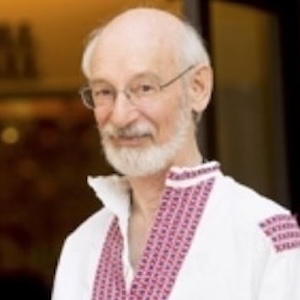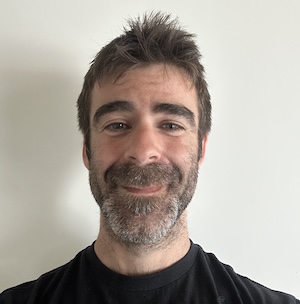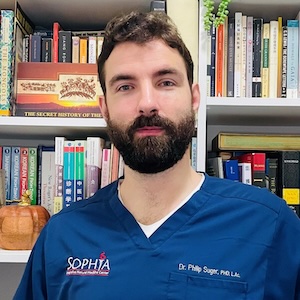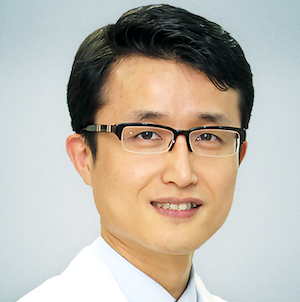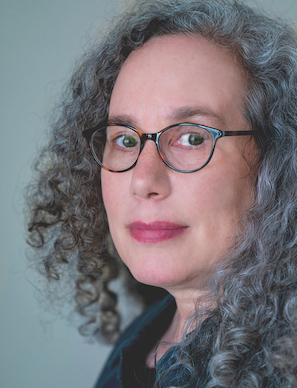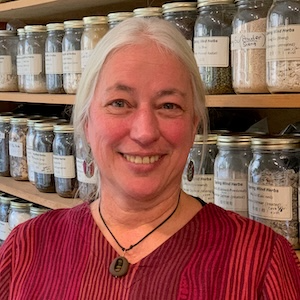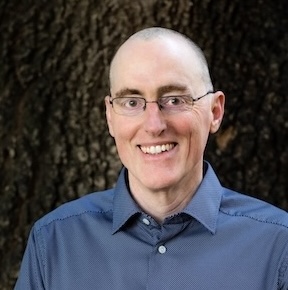Sa’am has a good backstory. The meditative attainment of a Buddhist monk sparks a stream of acupuncture that can be taught to simple monks to help alleviate the suffering of the world.
It is a good story.
But, more importantly this is a perspective on acupuncture that gives some penetrating insight into the connections between the six levels (六經) and the five phases (五行). This method can help us to work with our patient’s constitutional, physiological and psycho-dynamic process all at the same time.
It is easy to use in a wide variety of settings as it primarily relies on the transport points of the arms and legs. It does not require a lot needles, and the effects of correct, or incorrect treatment are readily apparent.
In today’s group discussion a couple of practitioners who have recently begun to engage the Sa’am method bring their questions to Toby Daly.
If you have started to use this method, or mulling over in your mind how it works and how to use it, then you’ll enjoy today’s nuts-n-bolts discussion based on actually clinical cases.
In This Episode We Discuss:
- Helping a pregnant woman to avoid undergoing an induction for delivery
- Supplementing heart fire to balance out cold-water fear
- Using the Sa’am method to tonify yin
- Whenever possible it is better to supplement than drain, it’s better to put something missing into the system rather than take things away
- The relationship of the Liver with the San Jiao
- Treating depression and anxiety
- What comes into view when you combine the five phases and six confirmations
- Using the Small Intestine to treat dizziness
- Treating inhibited urination and BPH
- The key things to cover in an intake session
- It’s not so much that you need to learn new things, but simply reconfigure what you already know
- Several points of view on the treatment of a marathon runner
- Sa’am and Shen-Hammer
- Some helpful clinical take-away’s
I have been delighted to discover and begin learning Saam acupuncture, which I've found to be an elegant and effective system of diagnosis and treatment in clinic. It has allowed me to develop succinct point combinations that produce profound responses in my patients, and it has given me the opportunity to truly work ecologically with health and disease in the human body.
Dara Cantor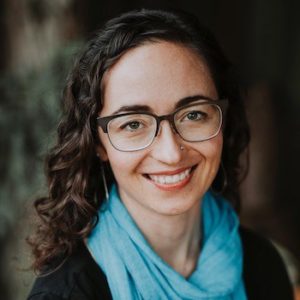 I first encountered acupuncture about ten years ago, at the encouragement of a friend who saw me struggling with my own health and at a loss for what to do. I found myself right at home with the philosophy of Traditional East Asian Medicine, and deeply affected by the subtle power of acupuncture and herbal medicine. I decided to become an acupuncturist, to learn more about something that fascinated me, to provide a service to others, and with the hope of helping the natural world through teaching people about their part in it and its presence in them.
I first encountered acupuncture about ten years ago, at the encouragement of a friend who saw me struggling with my own health and at a loss for what to do. I found myself right at home with the philosophy of Traditional East Asian Medicine, and deeply affected by the subtle power of acupuncture and herbal medicine. I decided to become an acupuncturist, to learn more about something that fascinated me, to provide a service to others, and with the hope of helping the natural world through teaching people about their part in it and its presence in them.
Now, I am just beginning to explore treatment with Saam system. I especially like its focus on the Six Conformations, 5 Phases, and the relationship of yin and yang. I am especially interested in how it helps address complex OB/GYN conditions.
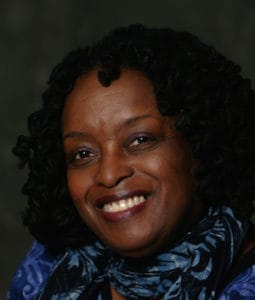
Njemile Carol Jones
I have had a deep interest in East Asian medicine for 30 years. In the late 1980’s, I turned to acupuncture to heal my own very painful menstrual periods. I was so impressed with the immediate results, and amazed to discover that each month, I could have periods without cramps, food cravings or debilitating pain.
I wanted to know more about how this medicine worked. For years I read every book I could find on acupuncture & Chinese herbs, while studying tai qi & qi gong regularly. In the mid-90’s I left my career in broadcast journalism, for formal study. And been practicing since graduating from PCOM in 1999.
After almost 20 years of practice, I still love studying and learning about our medicine. I am currently a student of Engaging Vitality, with Dan Bensky, Marguerite Dinkins, and the late Chip Chace. And a longtime student in White Pine Institute's Graduate Mentorship Program.
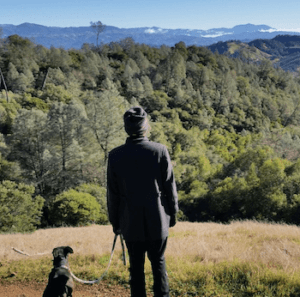 Toby Daly
Toby Daly
I began studying Chinese medicine in 1997 with Sunim Doam a Korean monk trained in the Saam tradition. I earned a master's degree in Traditional Chinese Medicine in 2002 upon completion of training at the American College of Traditional Chinese Medicine in San Francisco and Chengdu University in China.
During my four years of training in San Francisco, I interned with Dr. Angela Wu who taught me how to apply the lofty theories I was studying in school into the pragmatic setting of a busy clinic. She also taught me how to eat an entire cheesecake in one sitting!
In 2013, I developed the Chinese Nutritional Strategies app to provide digital access to the wealth of Chinese dietary wisdom.
Links and Resources
Toby will be teaching a two class in Seattle on January 26-27, 2019. Registration is now open.
Join the discussion!
Leave a comment on Qiological's Facebook page.
